WEBINAR
Revision of ISO/IEC 17067 – A Review of the CD Ballot
For many years ISO/IEC 17067 has provided valuable guidance to the product, process, service certification community around the world about the certification schemes such bodies utilize. This guidance was developed when the concept of a “scheme” was prominently featured in ISO/IEC 17065 Conformity assessment – Requirements for bodies certifying products, processes, and services. Since then, conformity assessment schemes have played an increasingly important role in solving problems via standards and conformity assessment. This webinar provides a summary of the approved proposal to re-invent ISO/IEC 17067 and what the Committee Draft (CD) recently balloted reveals about the impact from the revision of this International Standard.
Key Takeaways
- Get insights on the direction international guidance is taking as the scope of this document expands dramatically
- Understand the contributions from this new document to the international conceptual basis for conformity assessment
- See how this document can serve as a tool to facilitate development of new conformity assessment solutions
Who Should Watch?
This webinar is intended for those that:
- Develop or maintain conformity assessment schemes
- Develop standards expected to be implemented via conformity assessment
- Provide support or consultancy to scheme owners or others seeking to develop conformity assessment solutions
- Carry our activities as conformity assessment bodies or accreditation bodies
- Analyze or understand conformity assessment schemes and solutions as part of their job responsibilities
- Want or need to rely on conformity assessment to solve problems or advance their organization’s mission
Audience Questions
At the end of the webinar, questions were asked by the webinar’s attendees. These included:
- Could you provide an example of what activity is not covered by the old ISO/IEC 17067 but is included in the new 17067?
- In the presentation, you mentioned schemed created verbally or by verbal agreement, can you give an example of such a scheme?
- Assuming that the standard goes to DIS, what timeframe for the publishing the final version are we looking at, and what would be the estimated date of the official publication?
- In the testing field, will the new 17067 be useful for developing test plans, or is that something different?
- How long does it typically take to review a scheme package? Is there a template available for application? Once the package is approved, does it get a specific number to proprietary schemes or will it fall under 17067?
- Could you discuss the use of statement of conformity application, for instance, in a scheme that includes inspection and no other activity?
- Did the group consider the European definition of certification scheme in updating the standard?
Presenter

Keith Mowry
Keith Mowry collaborates with clients and schemes in all fields of conformity assessment to create and enhance conformity assessment solutions. He represents the ANSI National Accreditation Board (ANAB) on the ANSI International Conformity Assessment Committee (ANSI ICAC, the US mirror committee to ISO CASCO). Keith currently serves as an ANSI expert to the ISO CASCO Technical Interface Group (TIG), Working Group 65 (ISO/IEC 17067) and WG 64 (ISO/IEC 17007). He also coordinates ANAB participation in standardization activities at the tactical and strategic levels. Prior to joining ANAB, Keith spent over 40 years working for Underwriters Laboratories Inc., and UL LLC (UL.) He performed testing and certification activities, managed one of UL’s largest testing laboratories, spent 4 years working in UL’s government affairs office in Washington DC, and for over 25 years managed accreditations covering over 75% of UL’s gross income while advocating to national and international standards development organizations, accreditation bodies, and international accreditation body cooperations. Keith holds a Bachelor of Science Degree in Chemical Engineering from the University of Illinois at Urbana-Champaign, With Distinction in the Curriculum.
